When Anton Alterman acquired his great-uncle Alex Drasein’s violin, little did he know that it was the instrument Draesin played for the 1924 world premiere of Gershwin’s Rhapsody in Blue. The discovery spurred on the writer to find out more about the violinist.

Discover more Featured Stories like this in The Strad Playing Hub
I began to study the violin at the age of seven with Shulamith Silber, a retired Israeli violinist who, I later found out, had been a student of Georges Enescu. Several years and teachers later (roughly 1967) I had advanced enough to need a serious instrument. My mother’s aunt Emma had been married to a violinist named Alex Drasein (pronounced ‘dray-zin’); he passed away in 1964, and his two violins were still in her possession. One of them was a Ferdinand August Homolka (known as ‘Prague’s Stradivari’) which he used when performing, and my parents purchased it for me.
Although I never pursued a professional career as a violinist, I have played that instrument all my life. A few years ago I became curious about the stories Emma told my mother when she sold us the violin. One was that Drasein had studied with Leopold Auer, around the same time as Mischa Elman and Jascha Heifetz (Elman was roughly Alex’s contemporary). The other was that he had played in the NBC Symphony Orchestra under Toscanini.
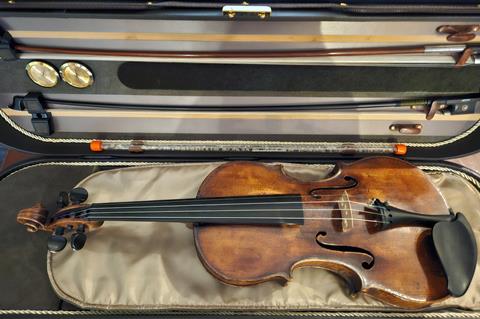
I thought it should be fairly easy to confirm these stories with online searches. To my disappointment, though, historical records of both Auer’s students and NBC Symphony members are incomplete, and it was not possible to find an official source for Drasein’s association with either of them. After much more detailed research I was able to verify that Drasein not only played in the NBC Symphony but in the Blue Network Orchestra (which also emerged from NBC studios), and in its successor, the ABC (American Broadcasting Company) Symphony.
Drasein was born in Minsk, Russia (now Belarus) around 1893, so it is entirely possible that he studied with Auer. In any case, Emma, born in Brooklyn to Jewish immigrants who ran chair-caning and hat-making businesses, would have been unlikely to make up such a tale. (Emma was also a talented, mostly self-taught pianist who played at silent film theatres for a while.)
The first piece of information I found about Alex Drasein when I began Googling him was far more interesting, though. I came upon an excerpt from Don Rayno’s 2003 biography Paul Whiteman: Pioneer in American Music that said Drasein had been concertmaster of Whiteman’s band. I was aware that Whiteman had led the single most famous event in the history of American music, the premiere of George Gershwin’s Rhapsody in Blue, at Aeolian Hall in New York on 12 February 1924. Sure enough, it was for that concert that Whiteman had hired Drasein to lead the orchestra.
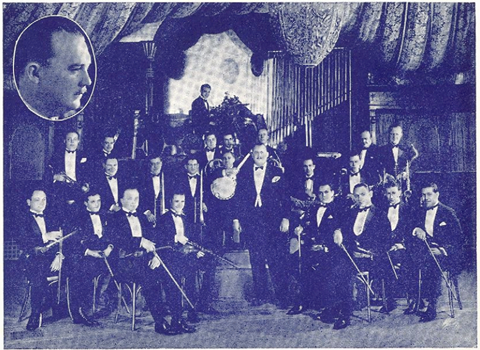
It would be difficult to overstate my surprise at this discovery. The likelihood of looking for information about one’s otherwise unknown great-uncle and finding that he had had such a significant role in music history, seemed vanishingly small. He could have been, and in fact was, a first violinist or concertmaster in many other orchestras, without having had this kind of distinction. I also realised that my violin, the one he regularly used to perform, was very likely the one with which he led the orchestra in what Whiteman had called ‘An Experiment in Modern Music’.
Staring down at Drasein from the box seats would have been none other than Heifetz and Elman, as well as Fritz Kreisler and Rachmaninoff
It is worth dwelling a bit on Drasein’s role. In his description of the Aeolian Hall concert Rayno writes that both Whiteman and Gershwin, who performed the solo piano part, were so terrified of presenting this jazz-derived music to an audience of invited classical hoi polloi that Whiteman almost refused to go out on stage. Rhapsody in Blue, the centerpiece of a lengthy programme, is a highly chromatic and formally unusual composition, and the orchestra had considerable difficulty mastering it. Moreover, as the curtain rose, the composer had not completely finished the piece – Gershwin improvised some of the keyboard part at concert time! Any violinist who still envies the role of the concertmaster that evening should consider one more detail: staring down at him from the box seats would have been none other than Heifetz and Elman, as well as Fritz Kreisler, Rachmaninoff, and a Who’s Who of the New York classical music establishment. The latter included both Walter Damrosch, conductor of the New York Symphony Orchestra, and Josef Stránský, who had just left his post as conductor of the New York Philharmonic; Drasein had recently been facing him for four years from the back of the second violin section. Now he was at the foot of the podium.

Rayno tells us that halfway through Rhapsody in Blue, as it became clear that they had the sympathy of the hushed audience, both conductor and composer broke down in tears. No small part of the concert’s success must have been due to a steadfast concertmaster, carrying the burden of rehearsals and leadership in the face of extraordinary challenges. Apparently Ferde Grofé, Whiteman’s arranger and the orchestrator of Rhapsody in Blue, thought so: he signed a photo of the orchestra: ‘To Alex Drasein: “one of my best bets” – Gratefully, Ferde Grofé’. (He was probably also making a pun: Drasein was known to associates throughout his life as a top-notch card player.)
Later the same year Drasein presided when the concert was repeated at Carnegie Hall, and then again on the first recording of Rhapsody in Blue.

Subsequent research has turned up evidence that beyond this dramatic high point, Drasein was one of the most sought-after violinists of his time. Rayno says he was a concertmaster of the Manhattan Opera House orchestra, a competitor to the Metropolitan Opera for a few years. Newspaper notices reveal that he was a first violinist in the Russian Symphony, an early 20th- century New York orchestra that premiered numerous works by Rachmaninoff, Scriabin and others, and graduated a slew of major orchestra concertmasters; and in Anna Pavlova’s touring orchestra in the US. One reviewer states that Drasein began his career with the Lambardi Grand Opera Orchestra (a West Coast ensemble) at 15 years of age. His granddaughter Stephanie ‘Taffy’ Wanderman believes that he was already playing in an orchestra when he first came to the US a couple of years earlier.
Beyond this dramatic high point, Drasein was one of the most sought-after violinists of his time
For all that, perhaps Drasein’s most interesting distinction is that he was conductor and concertmaster of some of the top ballroom dance orchestras in the New York area, both before and during the Swing era. He was also an early recording artist and led live radio concerts as early as 1923. According to Taffy he spent his later years as concertmaster of Broadway orchestras.
The trickle of information I began with has become a river, and an extraordinary career that has long been submerged is slowly coming to light. This year (and beyond) the music world is celebrating the Rhapsody in Blue centennial with Gershwin concerts galore. It is only appropriate that today we remember the role played by a 30-year-old Alex Drasein in bringing off the historic event that initiated this chapter in American music history.
If any reader has personal knowledge of Alex Drasein that they wish to share, please contact the author at tonyalt1@gmail.com
Watch: Heifetz, Gershwin: It Ain’t Necessarily So
Read: Daniel Rowland on his Storioni violin
Read: Masterclass: using classical music in jazz improvisation
Discover more Featured Stories like this in The Strad Playing Hub
The number one source for playing and teaching books, guides, CDs, calendars and back issues of the magazine.
In The Best of Technique you’ll discover the top playing tips of the world’s leading string players and teachers. It’s packed full of exercises for students, plus examples from the standard repertoire to show you how to integrate the technique into your playing.
The Strad’s Masterclass series brings together the finest string players with some of the greatest string works ever written. Always one of our most popular sections, Masterclass has been an invaluable aid to aspiring soloists, chamber musicians and string teachers since the 1990s.
American collector David L. Fulton amassed one of the 20th century’s finest collections of stringed instruments. This year’s calendar pays tribute to some of these priceless treasures, including Yehudi Menuhin’s celebrated ‘Lord Wilton’ Guarneri, the Carlo Bergonzi once played by Fritz Kreisler, and four instruments by Antonio Stradivari.


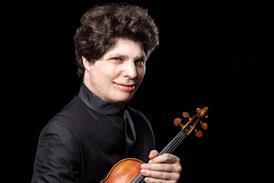

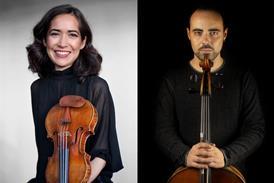
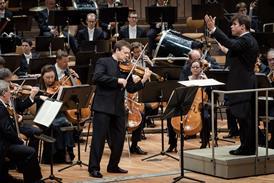
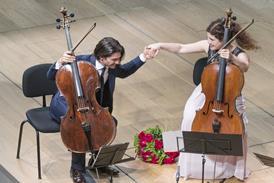
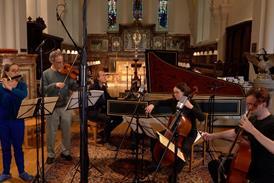

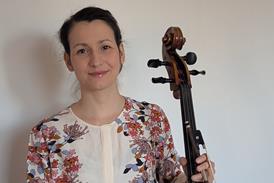
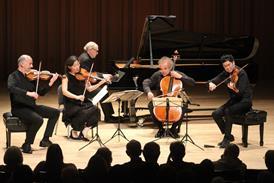
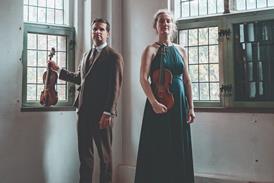

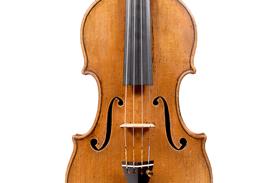
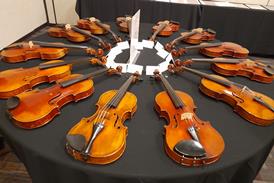
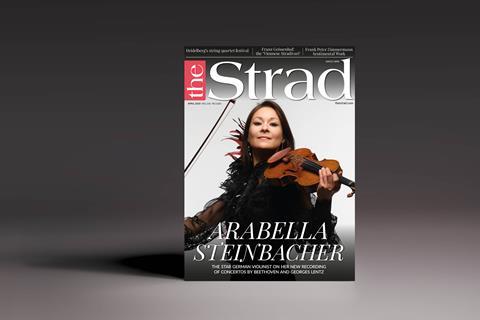




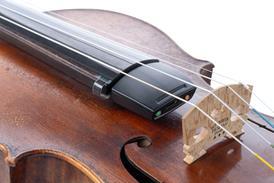
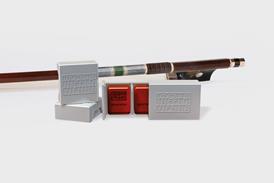
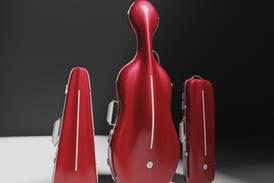















No comments yet